Fossil Wonderland: Wadi Al-Hitan
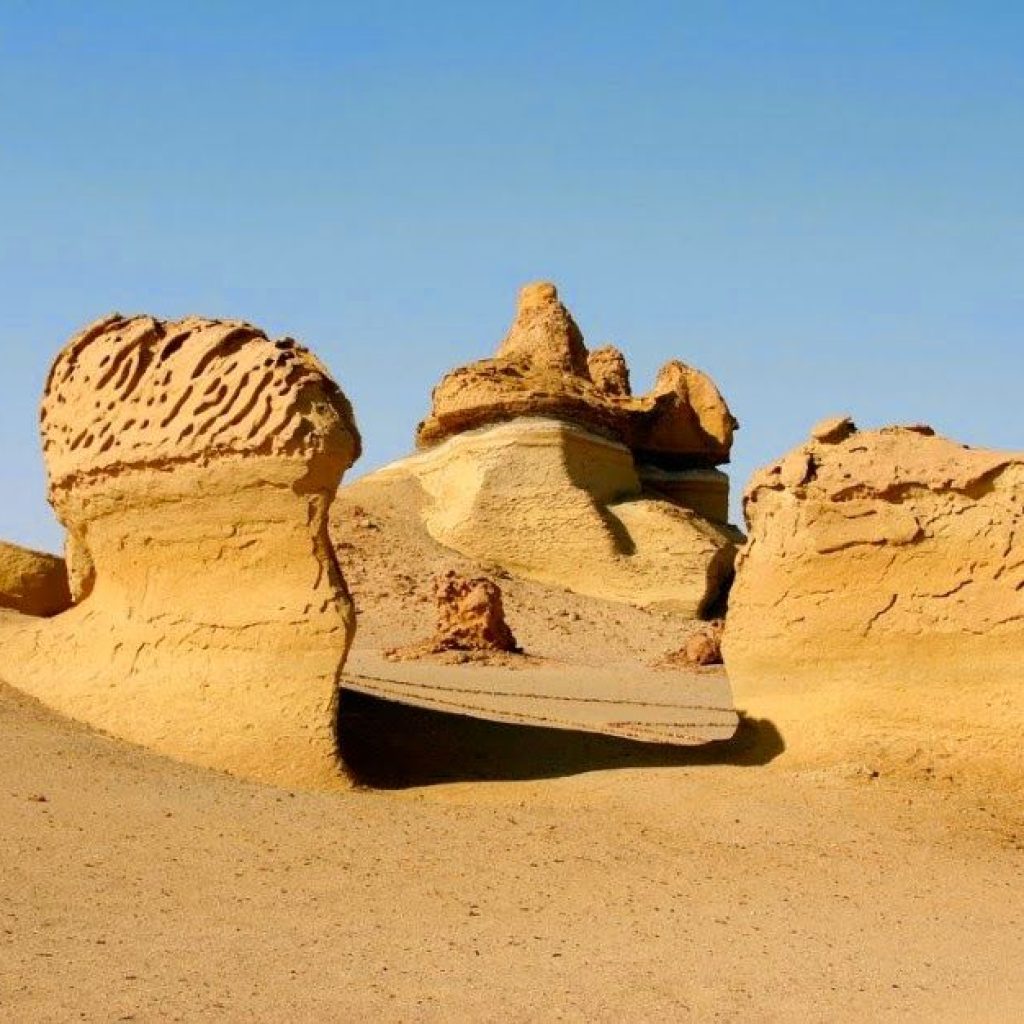
Table of Contents:
- Introduction
- The Discovery of Al-Hitan
- Geological Significance
- Fossil Findings
- Ancient Marine Ecosystem
- Wadi Al-Hitan in Modern Science
- Conservation Efforts
- Al-Hitan and UNESCO
- Visitor Experience
- Future Prospects
- Conclusion
- FAQs
Introduction: Wadi Al-Hitan
Al-Hitan, also known as the Valley of the Whales, is a unique fossil site located in the Western Desert of Egypt. Renowned for its extraordinary collection of whale fossils, it offers a window into a world that existed millions of years ago. This article explores the various aspects of Al-Hitan, from its discovery and geological importance to its impact on science and conservation efforts.
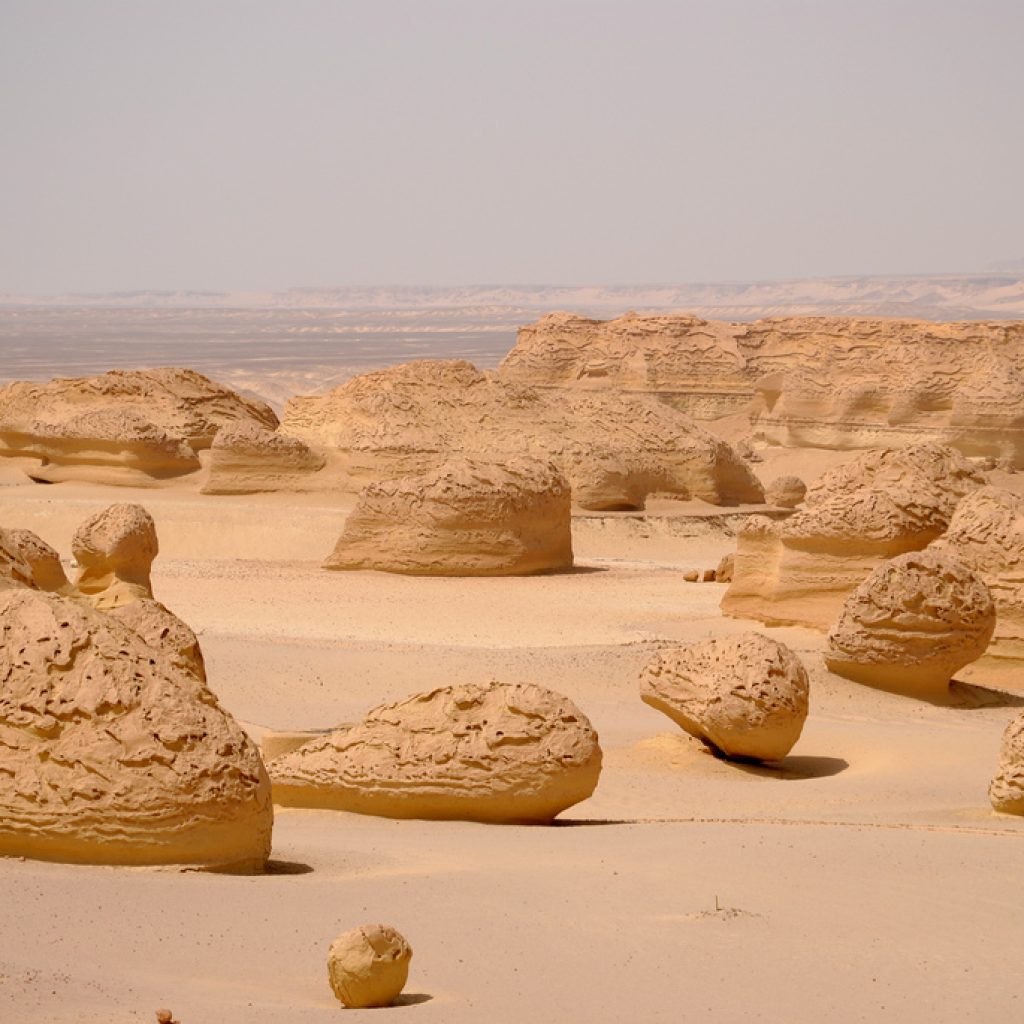
1. The Discovery of Al-Hitan
The remarkable site of Wadi Al-Hitan was discovered in the early 20th century. Initially, the discovery was met with scepticism, but subsequent excavations revealed a treasure trove of prehistoric marine life, primarily ancient whale skeletons, making it a significant palaeontological site.
2. Geological Significance
Wadi Al-Hitan’s geological formations are as fascinating as its fossils. The rock layers date back to the Eocene epoch, approximately 40-50 million years ago. These formations provide critical insights into the Earth’s climatic and environmental conditions during that period, contributing valuable information to the field of geology.
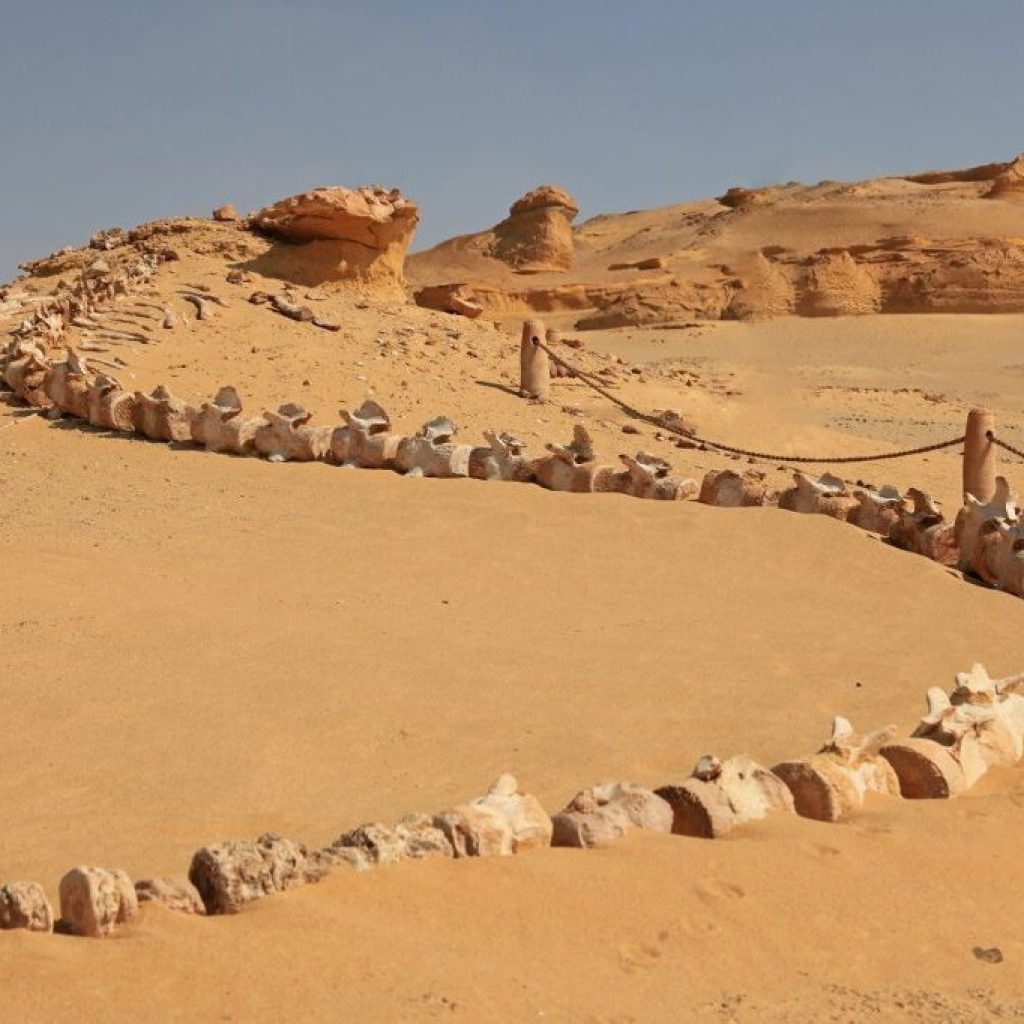
3. Fossil Findings
The site is most famous for its well-preserved whale fossils, particularly those of the early whale species Basilosaurus and Dorudon. These fossils exhibit transitional features, illustrating the evolution of whales from land-dwelling mammals to oceanic giants. Additionally, fossils of sharks, crocodiles, and various fish species have been found, painting a comprehensive picture of the ancient marine ecosystem.
4. Ancient Marine Ecosystem
Al-Hitan offers a rare glimpse into an ancient marine environment. Millions of years ago, this region was submerged under the Tethys Sea. The fossils and geological evidence indicate a rich and diverse marine ecosystem, including large predatory whales, fish, and other marine life forms, which thrived in this prehistoric ocean.
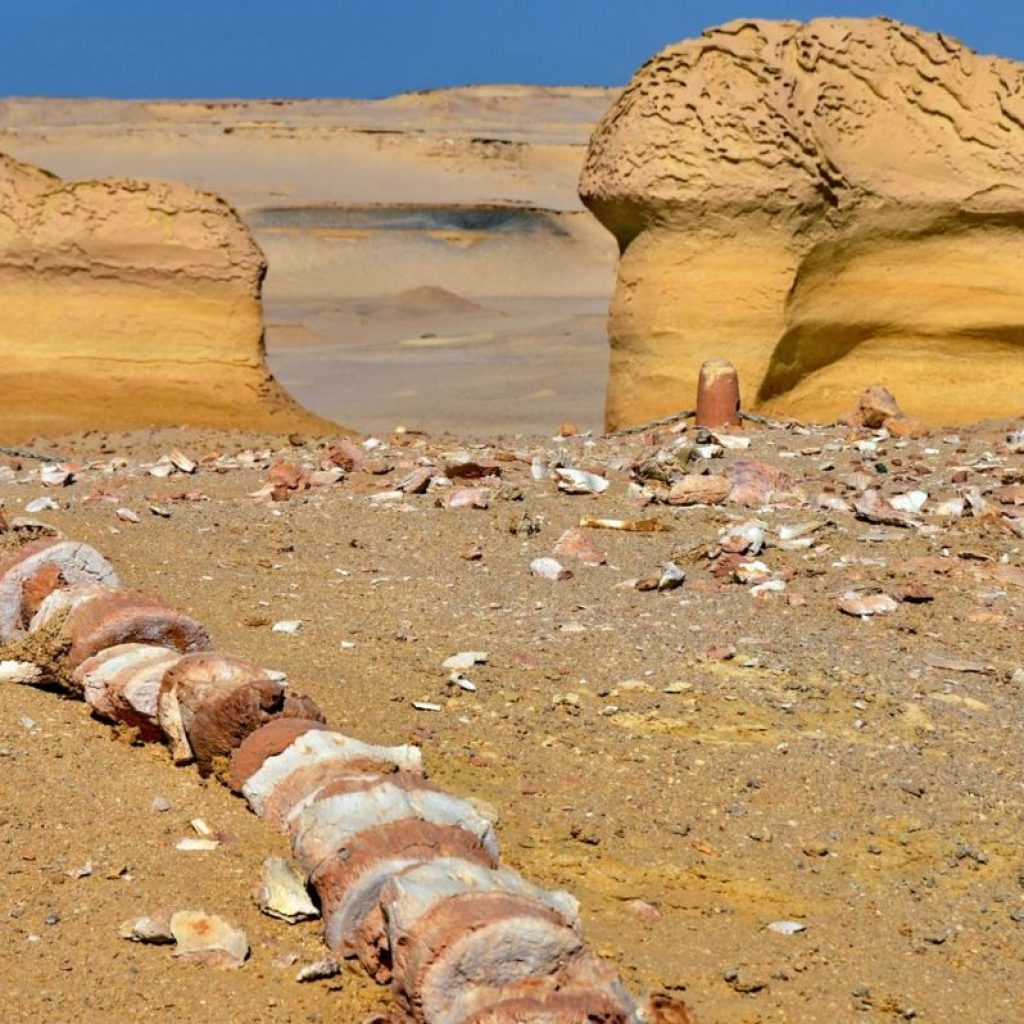
5. Al-Hitan in Modern Science
Modern scientific research at Al-Hitan has advanced our understanding of whale evolution. The site’s fossils provide crucial evidence supporting the theory of evolution, showcasing the transition from terrestrial to fully aquatic life forms. These findings have been pivotal in understanding the anatomical and physiological adaptations required for life in the ocean.
6. Conservation Efforts
Recognizing the site’s importance, extensive conservation efforts have been undertaken to preserve Al-Hitan. These efforts include strict regulations on excavation, controlled visitor access, and ongoing research projects aimed at protecting and studying the fossils without causing damage.
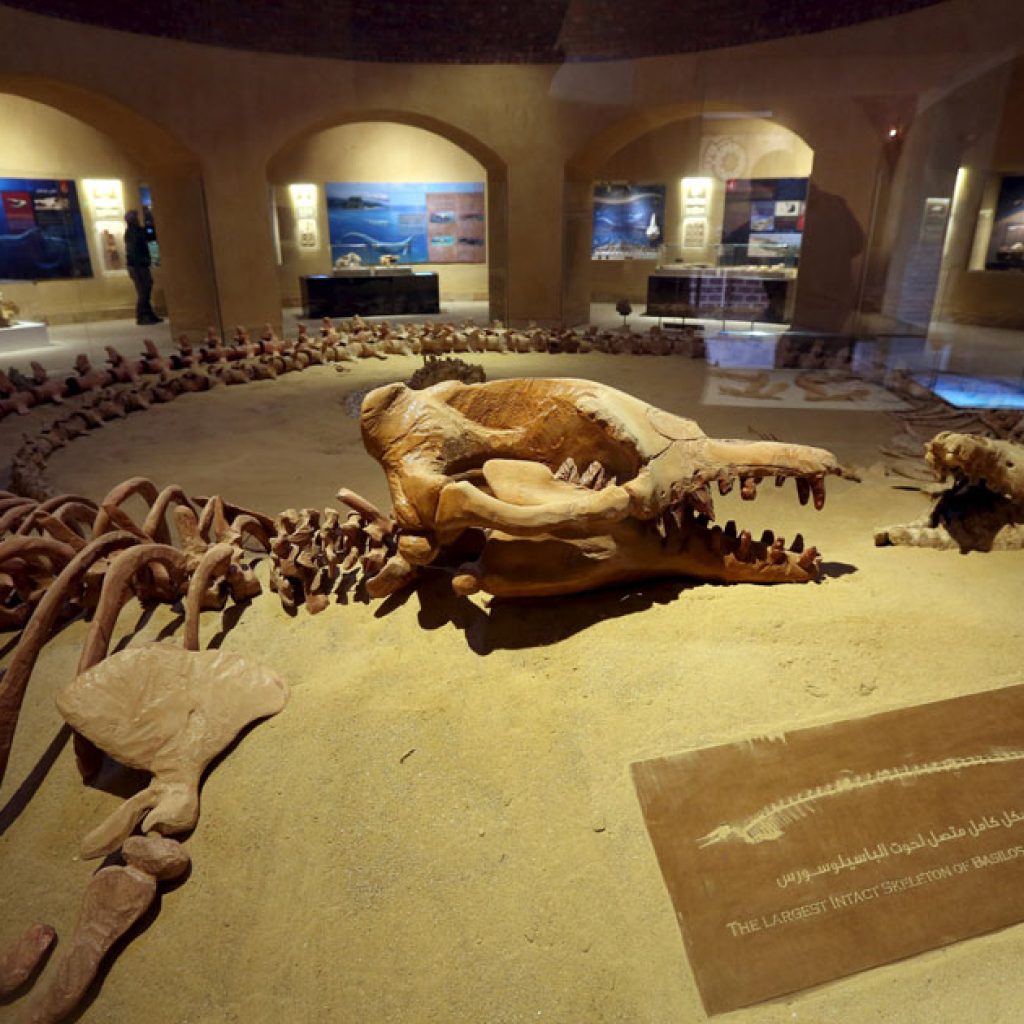
7. Al-Hitan and UNESCO
In 2005, Al-Hitan was designated as a UNESCO World Heritage Site. This recognition underscores its global significance and the need for international cooperation in preserving this irreplaceable natural heritage. UNESCO’s involvement has also boosted awareness and support for conservation initiatives.
8. Visitor Experience
Al-Hitan is accessible to visitors, offering a unique educational experience. The site features well-marked trails, informative displays, and guided tours that help visitors understand the significance of the fossils and the ancient environment they represent. It provides an unparalleled opportunity to witness history frozen in time.
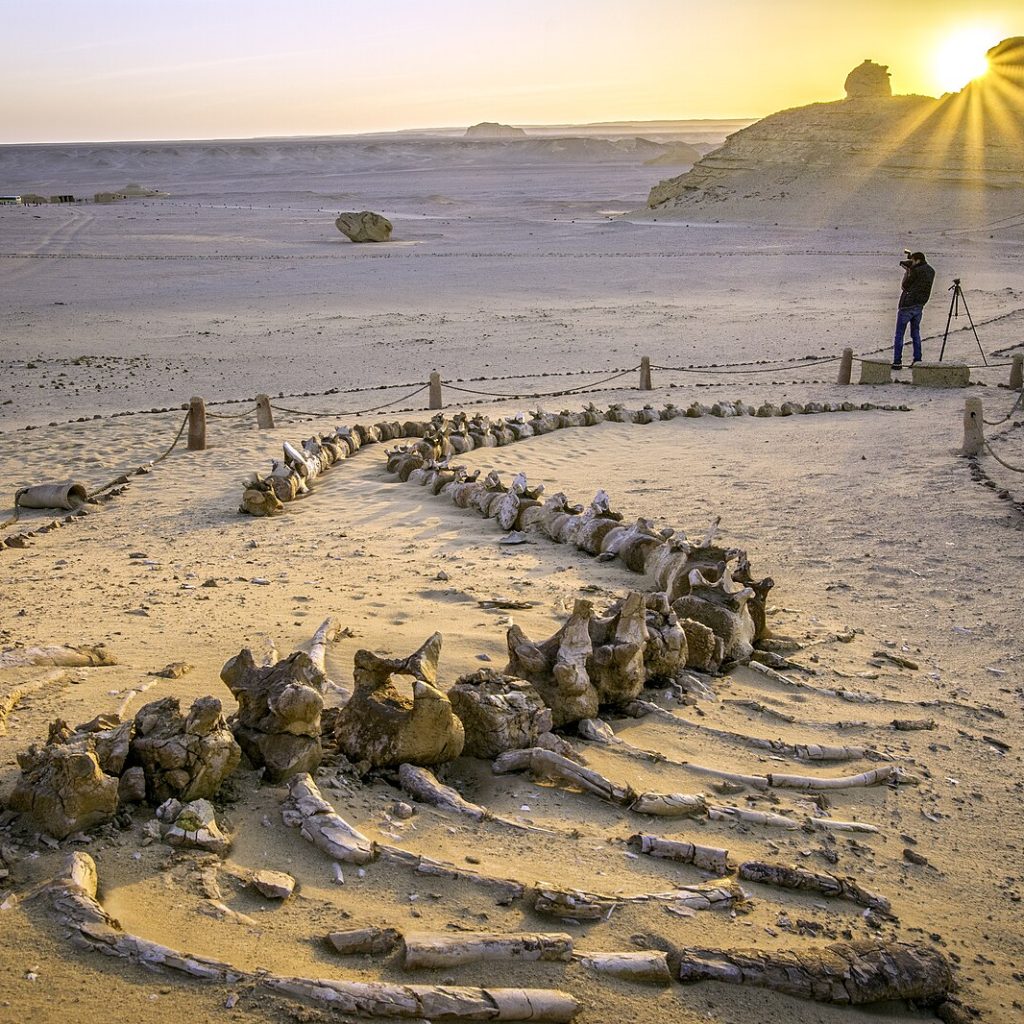
9. Future Prospects
The future of Wadi Al-Hitan lies in balanced conservation and research. Continued scientific exploration is expected to uncover more fossils and provide deeper insights into ancient marine life. Simultaneously, sustainable tourism practices are crucial to ensure that this invaluable site remains protected for future generations.
10. Conclusion: Wadi Al-Hitan
stands as a testament to Earth’s dynamic history and the evolutionary journey of life. The site’s extraordinary fossils and geological features provide an unparalleled glimpse into the ancient past, making it a treasure trove of immense scientific, educational, and cultural value. The fossils, primarily of early whale species, illustrate the transition from land-dwelling mammals to ocean giants, offering crucial insights into evolutionary processes.
The geological formations at Wadi Al-Hitan, dating back to the Eocene epoch, reveal significant information about the Earth’s climatic and environmental conditions millions of years ago. This insight is invaluable for scientists studying the history of our planet and the development of marine ecosystems.
FAQs: Wadi Al-Hitan
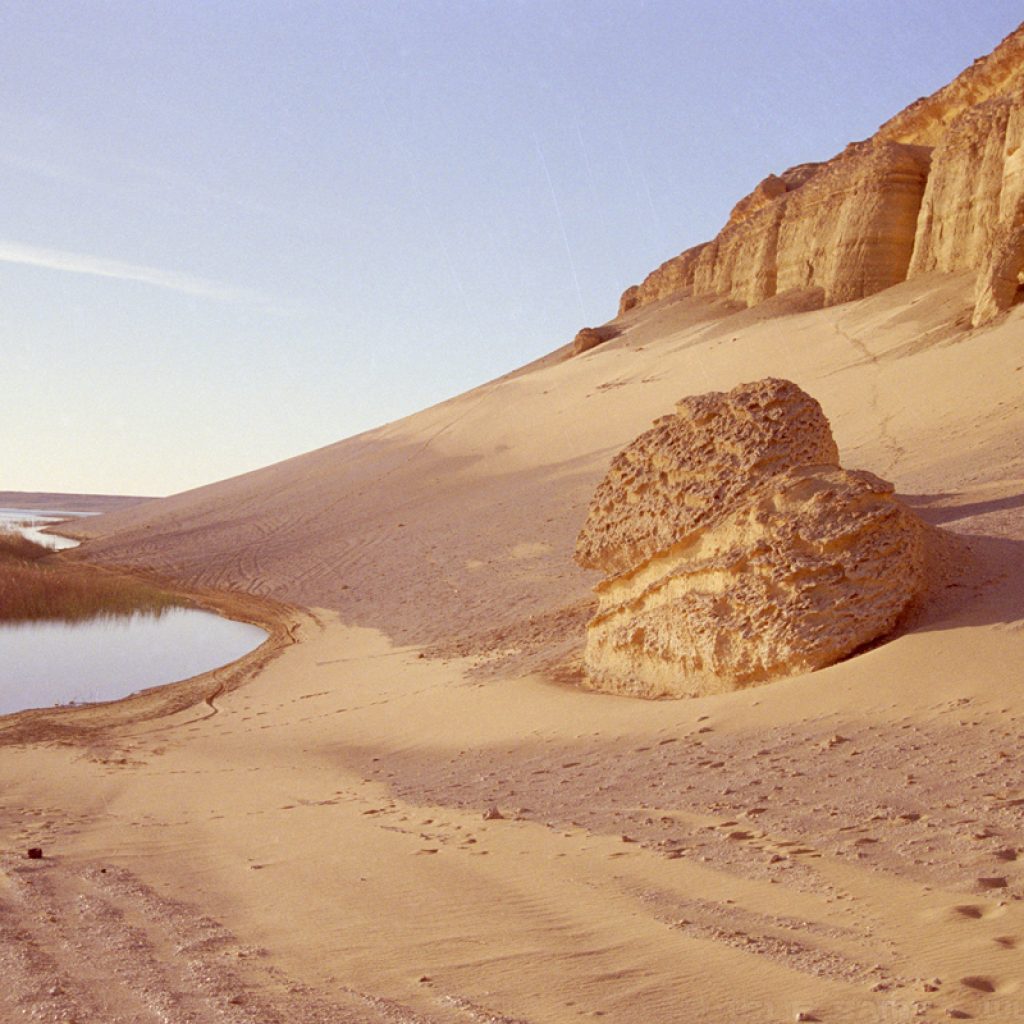
- What is Wadi Al-Hitan?
Al-Hitan is a fossil site in Egypt known for its ancient whale fossils. - Why is Al-Hitan significant?
It provides crucial evidence of whale evolution and ancient marine ecosystems. - When was Al-Hitan discovered?
It was discovered in the early 20th century. - What fossils are found at Wadi Al-Hitan?
Primarily ancient whale fossils, along with sharks, crocodiles, and fish. - Is Al-Hitan a UNESCO site?
Yes, it was designated a UNESCO World Heritage Site in 2005. - Can tourists visit Wadi Al-Hitan?
Yes, it is accessible to visitors with educational tours and displays. - What efforts are made to conserve Al-Hitan?
Conservation includes regulated excavations, controlled access, and international cooperation.





Comment (0)